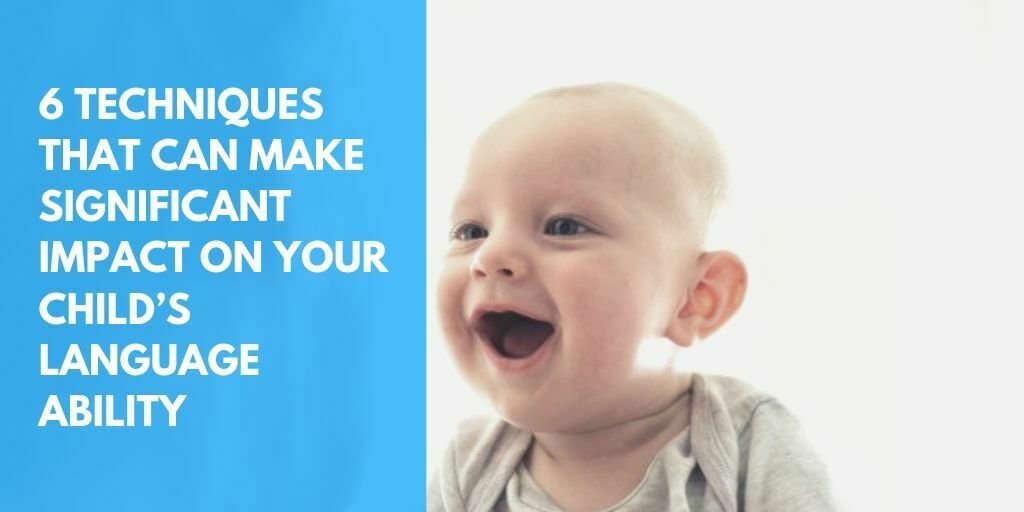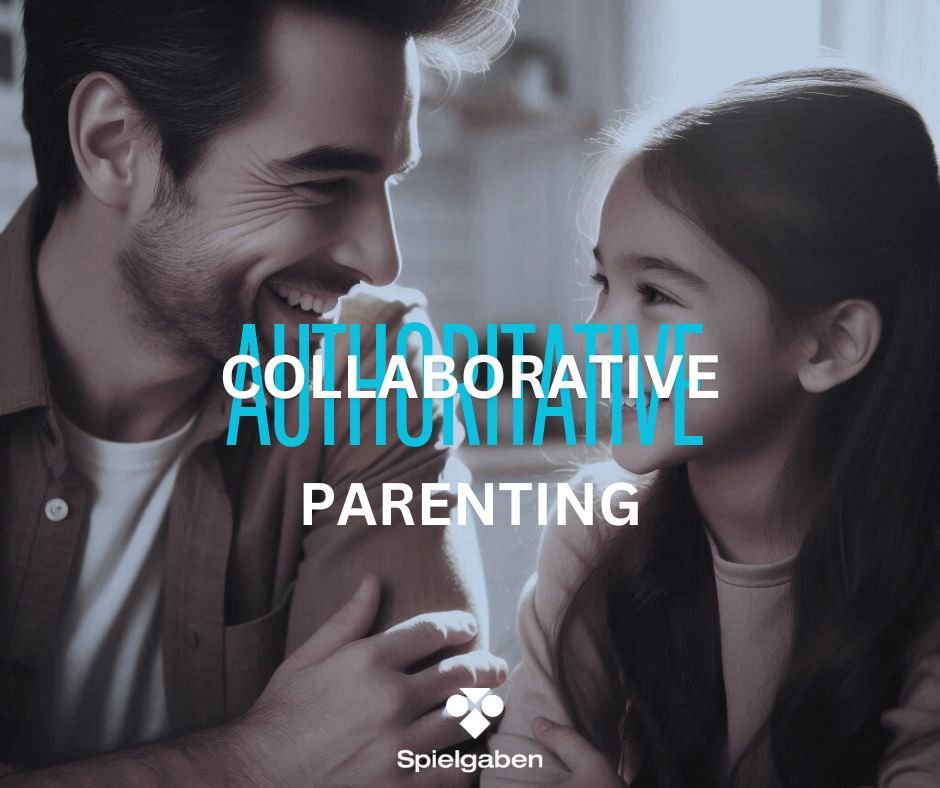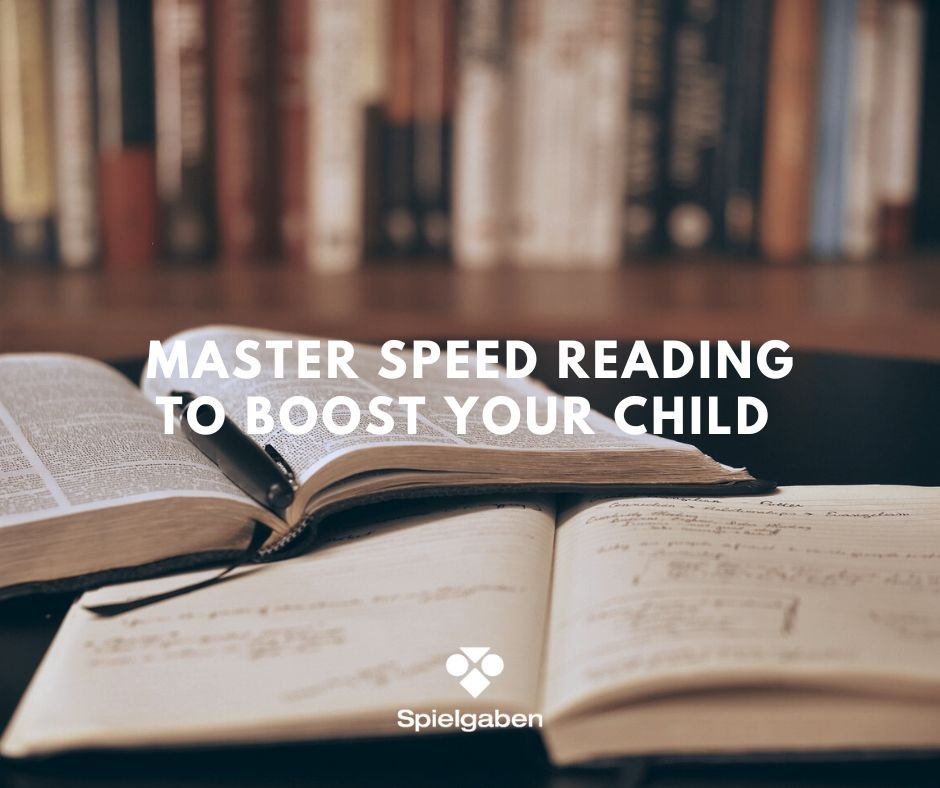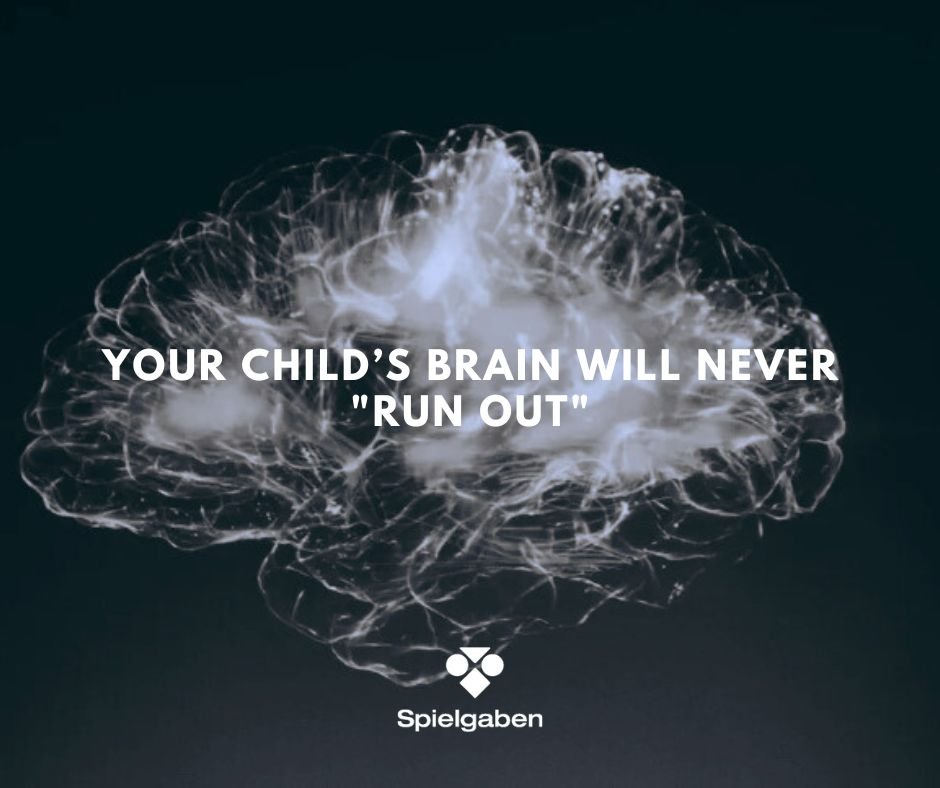30Jul
6 techniques that can make significant impact on your child’s speech and language ability
Okay, you have a baby or very little one and you want to develop your baby’s communication skills which is paramount importance to his learning and social skills later on and you want to help your little one a head start.
Then, you are in the right place and we will set out six golden rules as Small Talk Techniques, which will equip you with the knowledge necessary for developing your baby’s communication skills as a foundation for great language.
Don’t worry if it takes some time for these to become part of your daily routine – after all, you are learning to become a good ‘parent communicator’ in the same way that your baby is learning something entirely new, too!
Let’s start right away…
1. Enjoy ten minutes of Small Talk Time every day
The official NHS (National Health Service) guidelines are that you should try to spend at least ten minutes every day playing with your child. This sounds shockingly short.
But first of all, this is the bare minimum – if you have the luxury of spending three hours of uninterrupted quality time with your baby each day, while managing to maintain his fun and enthusiasm, then do! This is an important point because it is quality, not quantity, that counts when it comes to Small Talk Time.
Aiming for ten minutes of uninterrupted time is, crucially, achievable for most parents, and ten minutes can easily turn into more when you are having fun!
Getting the most out of story time
A bed time story should be additional to your ten minutes of Small Talk Time a day and should be done from a very early age- from birth, in fact. We find that many of the parents try to read to their babies every word of a book when, actually, for young babies, it’s best to simply point out one or two single words that relate to the pictures on the page.
As you ‘tune in’ to the level of your child’s language and thought, you will be able to modify your storytelling accordingly – first reading out one line from each page, then the whole story.
Don’t forget to point out parts of the images your child might be interested in that may not always relate to the text – a picture of a dog or tractor, perhaps. Use your baby’s finger to point to these things as it encourages the child to look at the same thing you are looking at.
Seek out books with a catchphrase repeated on every page – for example, the “That’s Not My…” series of books by Fiona Watt and Rachel Wells or, for older children, “We’re Going on a Bear Hut” by Michael Rosen and Helen Oxenbury. Or if you have a favourite book that doesn’t have a repetitive line in it, simply add one yourself.
The goal is that your child should know the catchphrase so well that you can pause as you turn the page, and they will say the punchline for you, learning new words and grammar as they go.
Lastly, photo albums can work just as well as storybooks. Initially, simply name the people in the pictures, then add more details. For example, first you might say ‘Mommy’, then this might become ‘Mommy swimming’ and finally ‘Mommy swimming in the sea on holiday last summer’.
2. Set the scene for Small Talk Time
This piece of advice is very important, and more difficult to achieve than you would imagine. It centres on not being distracted for your ten minutes of Small Talk Time. We all know how easy it is to be distracted when we try to sit down and focus on one particular task. You are busy and it’s not my aim to make you feel guilty, but try to figure out when in your day the windows of opportunity arise and make the mot of them; it could be between supper and the start of the bedtime routine or the ten minutes before you unload the dishwasher.
Try to constantly remind yourself that your Small Talk Time has to be quality time.
You may think you definitely provide this ‘quality’ time already, but do you really? Research tells us that many of us parents are actually prioritising chores over uninterrupted one-to-one time with our children. We know that life can be terribly busy, but try NOT to multitask or get distracted during your Small Talk Time.
Think about a recent time you spent with your little one; did you have your mobile in your hand, the TV on or Facebook at your side while you played or chatted?
Ensure the TV is switched off, phones are far away and iPods are silent. When there is background noise, the words you say become indistinct and it’s difficult for your child to focus on you – and, don’t forget, you are the best role model for language they have. All ears should be on you, so your baby only has one source of information to process.
Sit down with your child, ensuring you are at the same eye level and face to face. If your child is little , sit him in a baby bouncer or prop baby up with pillows on the bed while you sit opposite, otherwise just sit on the floor together. Either way, it is important that young babies are well supported – you’ll get more out of your child if he isn’t having to focus on balancing in order to achieve head control, or on sitting or standing while trying to concentrate on you.
3. Be simple and clear
Speech therapists agree that understanding is the key to good language development. Before a child can begin to speak, he needs to first understand what is being said. Once your baby can understand that something that is fluffy an says ‘woof, woof’ is a dog, he can then begin to start to say the word. So, we must use our words clearly as a model for our babies. For example, ‘Look, a cat. Meow, meow, cat.’
Parents often fail to appreciate just how new everything is to their babies. We as adults have been gabbling for years and years but imagine how that must sound to a baby. You are literally bombarding them with strange, unknown sounds that, to them, have absolutely no meaning.
This must be even more confusing than if, say, you were abroad listening to people talk in a language you had never heard before, because at least you’d be able to understand the body language, facial expressions and social context.
The best way to help your little on start to make sense of the world is by feeding him bit-sized morsels of language at the right level. So, when your toddler is under the age of one, for example, try to communicate in a very simplistic way using a lot of repetition (see Small Talk technique number 4, below).
Focus on the key words in a sentence and don’t worry too much about using correct grammar. A sentence like ‘the teddy has fallen out of the push chair’ should be simplified to ‘teddy fall down’, depending on the level of the child’s language.
Many parents might worry about adapting the grammar of a sentence, but as your child’s language grows, your own language naturally expands and becomes more grammatically advanced alongside your child’s. Talking in this simplified way will help your little one to being to understand what these entirely new words and sounds mean.
4. Repeat, repeat, repeat
Do you remember your school teacher drilling into you rules such as ‘I before E except after C’ or, later on, French or German phrases like ‘J’ai faim’ or ‘Ich habe hunger’? If you do, this is because repeating words and ideas over and over again helps them to stick in your mind. So, applying this rule to language development, we have to say things, repeat them and stress the words we want the child to learn.
In fact, children love to hear information being repeated (for example, when you tell them the same story for the hundredth time or sing repeatedly about five little ducks who went swimming one day, over the hills and far away…). This may be tedious for you but it is a highly effective way for your little one to being to understand the language that you are teaching him.
However, it is important to try to be consistent with the words or phrases that your child hears. For example, there are hundreds of ways to say that something is ‘small’ – such as ‘little’, ‘tiny’, ‘titchy’, ‘minute’, ‘wee’ and so on – but your child will learn quicker if you drill into him just one such word, so try to pick one and stick to it in the early stages of language development. He will pick up the others later, don’t worry.
Using Words in Context
A study we once read suggested that a child would need to hear a word being spoken in its context at least 500 times before he will understand what the word means, and many more times again before he will begin to attempt to say it.
We once told a parent this and she, quite understandably, asked if this meant she could simply say ‘cup’ 500 times in a row and her baby would suddenly be able to say it.
An interesting idea! The answer is no, but do try to repeat certain words often and, importantly, in context. For example, say ‘up’ each time you pick up your baby, repeat ‘down, down, down’ when you go down the stairs, ‘push the button’ when you’re in a lift or ‘shake, shake, shake’ for a rattle. Doing this each time will help your baby learn the word and also reinforce the context in which that word is meaningfully used.
5. Stay one step ahead
As your child gets older and progresses through the phases of language and speech development, as a parent you need to stay one step ahead. So, ideally, you would be able to identify which phase of communication your child is in and know what is coming next – then you can continuously be encouraging him to move forwards to the next phase. This may need practice but once you try it, you will get hang of it pretty soon.
6. Say What You See
If you only take on board one thing from this article, it should be this: Say What You See. This is THE MOST important technique you can use with your child. We drone on and on about Say What You See because parents need to master this technique in order to promote their child’s language development. Simply put, the idea is that language develops through play. So, watch your child play, think about what he might be thinking and provide a comment to put his thoughts into words.
This might sound easy, but it can actually be quite tricky and it takes a lot of practice to get good at it. Using the Say What You See technique helps children feel relaxed and secure, exposes them to language relevant to their play and enables them to receive positive responses as they attempt to communicate.
So all you do is give a gentle running commentary of what your child is doing and what is happening at that moment, in time. It involves following your child’s lead, observing him closely to see what he is interested in, and commenting and then pausing to give space for the child to respond.
We can often talk too much or ask too many questions and not give our children a chance to speak. So, rather than saying, ‘What are you doing?’, ‘Did Dolly fall down?’, you should say, ‘Dolly’s drinking her milk. Whoops! She fell off the chair. Poor Dolly. Ah, Emily’s cuddling the dolly.’ (Incidentally, we always use the child’s name – in this case, ‘Emily’ – or I omit the name, saying, for instance, ‘cuddle the dolly’, rather than use pronouns such as ‘you’ or ‘I’, which, in this case, would be ‘You’re cuddling the dolly.’ To use these latter pronouns can be confusing for the child.
This powerful technique helps your child to focus on his activity for longer (and the longer he stays with an activity, the more he will learn), become involved in what he’s doing and link what he hears to what he is doing or thinking. Crucially, it also helps children feel confident and relaxed because it avoids putting pressure on them to talk or give answers and you will find that they will babble or talk back in response to your comments because they feel under no obligation to speak.
Having said all that, it’s not nearly as easy to hold back as it sounds. We naturally want to test, question and direct our children. For example, if a child were to bang bricks together, perhaps not playing with them in the traditional way, instinctively you would want to say, ‘Build me a tower,’ but what you should say is ‘Bang, bang , bang go the bricks.’ By saying ‘bang, bang, bang’ you are verbalising your child’s thoughts, showing him your interest and valuing what he’s doing rather than directing their play – so you become a great playmate rather than a teacher. And next time he repeats the action or play sequence, he will hear your voice in his head, almost like a scratched record, and eventually want to say it for himself.
These Small Talk techniques require you to learn a lot of new information and you are unlikely to take it all in at once. Please don’t panic. Learn as your child learns – in ‘bite-sized’ pieces! Try to incorporate one of these techniques into your daily routine at a time until they become second nature. Practice makes perfect and it would be so much worth for your child.
Further Reference: Small Talk By Nicola Lathey, 2013













LEAVE A COMMENT